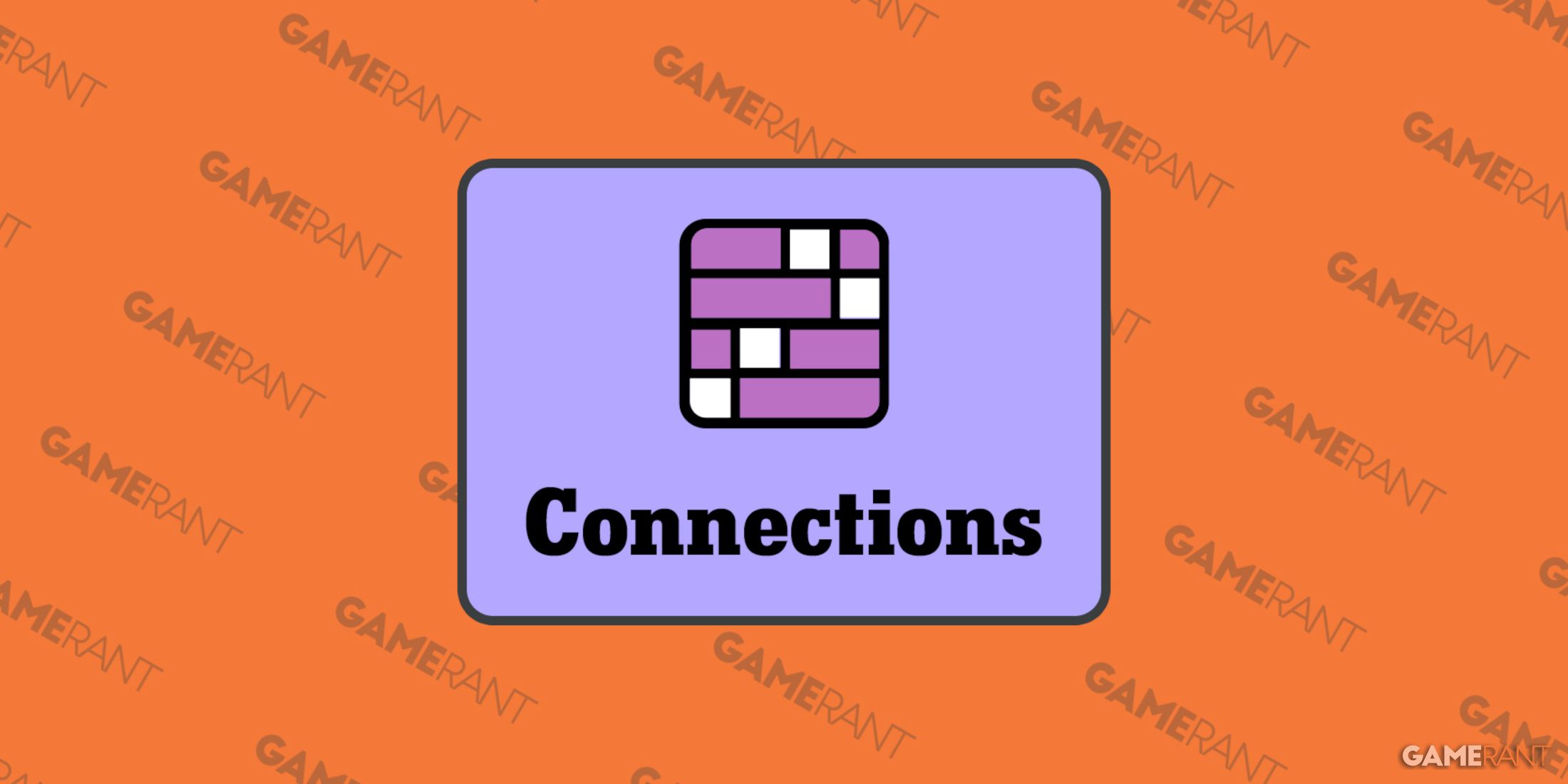What Happened
On June 11, 2025, the New York Times (NYT) released its daily word game, “Connections,” which challenges players to group 16 words into four categories based on shared characteristics. This particular edition of the game attracted attention for its clever wordplay and thematic groupings, which players found both engaging and challenging. The game is designed to be played online and has gained popularity among word game enthusiasts, similar to other NYT offerings like “Wordle.”
The game consists of a grid of words where players must identify connections among them. For the June 11 edition, the words included terms like “EYEBROW,” “RAINBOW,” and “LEPRECHAUN,” among others. Players are tasked with grouping these words into categories, with hints provided to assist in the process. The game encourages strategic thinking and problem-solving, as players must consider multiple meanings and associations for each word.
Key Details
The June 11 game featured the following 16 words:
- EYEBROW
- NUMBER
- RAINBOW
- ROOSTER
- LEPRECHAUN
- DAGGER
- COUNT
- CROW
- ASTERISK
- FLIGHT PATH
- STRUT
- BANANA
- SHOW OFF
- PARENS
- ELVES
- BLUSTER
The categories for this edition were revealed as follows:
- Yellow Group: Words associated with boasting (BLUSTER, CROW, SHOW OFF, STRUT)
- Green Group: Arc-shaped things (BANANA, EYEBROW, FLIGHT PATH, RAINBOW)
- Blue Group: Cereal mascots (COUNT, ELVES, LEPRECHAUN, ROOSTER)
- Purple Group: Ways to denote a citation (ASTERISK, DAGGER, NUMBER, PARENS)
Players are encouraged to use hints provided in the game to assist in identifying the correct groupings. The game is designed to be accessible, with a new puzzle released daily at midnight local time.
Multiple Perspectives
The NYT “Connections” game has received positive feedback from players who appreciate its blend of wordplay and strategy. Many players enjoy the challenge of identifying connections among seemingly unrelated words, which fosters a sense of community as they share tips and solutions online. Some players have expressed that the game’s design encourages cognitive engagement and offers a refreshing break from more traditional puzzle formats.
However, there are critiques regarding the difficulty of certain puzzles, particularly when words can fit into multiple categories. This aspect can lead to frustration among players who may struggle to find the correct groupings. Some players have noted that the hints provided can sometimes be ambiguous, making it challenging to discern the intended connections.
Context & Background
“Connections” is part of a broader trend in gaming and entertainment where word games have surged in popularity, particularly during the COVID-19 pandemic. The NYT has capitalized on this trend by expanding its offerings in the digital gaming space, appealing to a diverse audience of puzzle enthusiasts. The game’s structure, which emphasizes both individual skill and social interaction, aligns with contemporary gaming preferences that favor community engagement.
The daily release format of “Connections” mirrors that of “Wordle,” which has also seen significant success. Both games encourage players to return daily, fostering a habit that can lead to increased engagement with the NYT’s digital platforms. This strategy not only enhances user retention but also promotes social sharing, as players often discuss their results on social media.
What We Don’t Know Yet
While the popularity of “Connections” continues to grow, there are still uncertainties regarding its long-term impact on the NYT’s overall digital strategy. It remains to be seen how the game will evolve in response to player feedback and whether new features or variations will be introduced to maintain interest.
Additionally, the NYT has not disclosed specific metrics on player engagement or demographic data, leaving questions about the game’s reach and the types of players it attracts. As the gaming landscape continues to change, it will be important to monitor how “Connections” adapts to maintain its appeal in a competitive market.
In summary, the June 11 edition of NYT “Connections” showcased the game’s engaging format and thematic depth, while also highlighting the challenges players face in navigating its complexities. The ongoing popularity of such word games reflects a broader cultural interest in interactive and community-driven entertainment.




